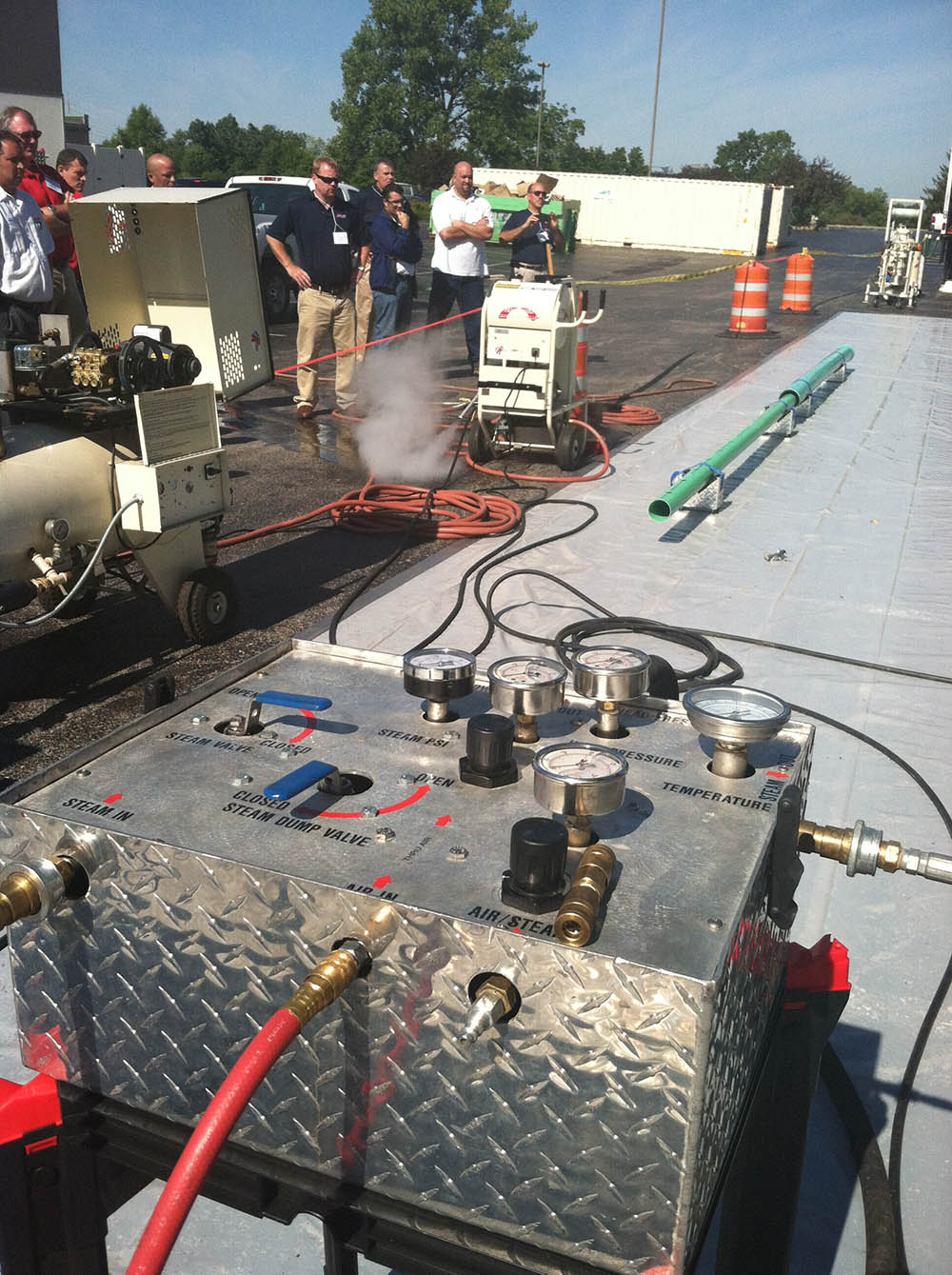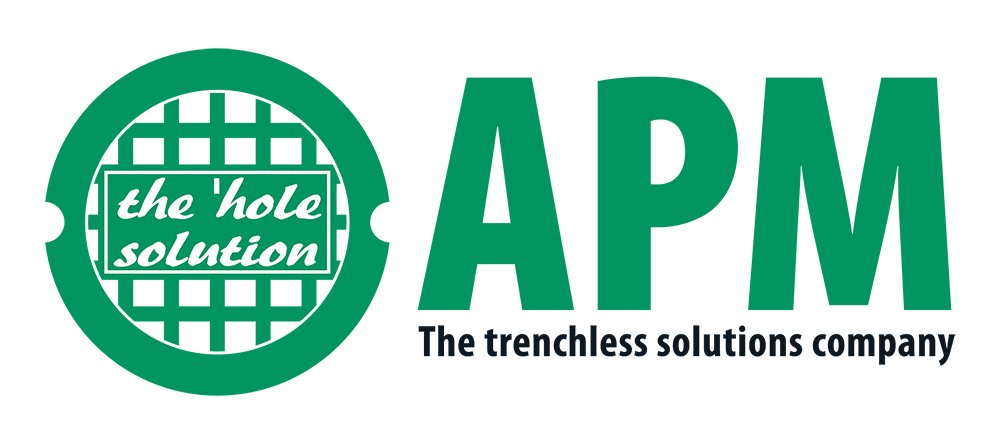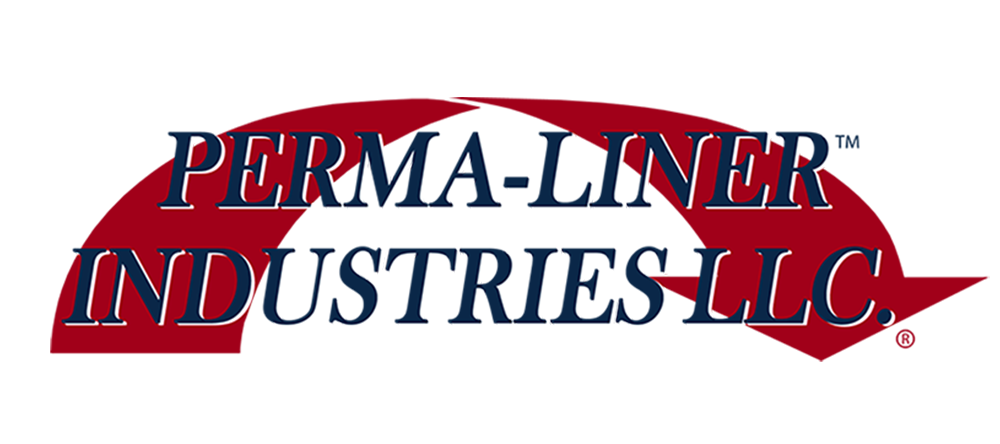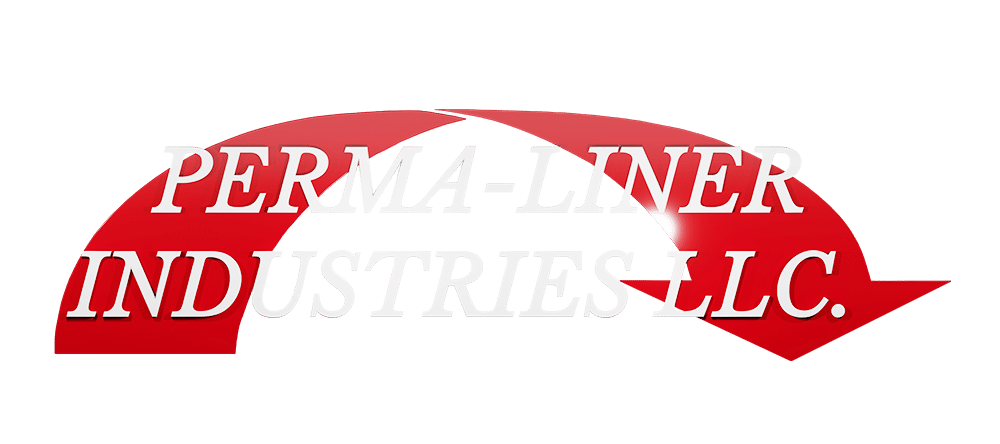Many cities throughout Missouri are facing the challenges of what to do with all of the excess rainwater. Most inflow and infiltration issues occur during severe storms or long periods of precipitation. The city of St. Louis is in the process of implementing a solution that tackles the problem more aggressively. The city has had to overcome the obstacles that sewer overflows have left behind, which also requires a means to better address these wet weather events. Currently, acreage to absorb storm water is in high demand. In order to create the space needed, the city is now removing many vacant and abandoned homes so that a vast amount of empty lots can be maintained and utilized for absorption and appropriate vegetation. Agencies within the city are collaborating on a variety of uses for the vacant land as green infrastructure will be a vital measure in the reduction of sewer overflows, as well as a resource for further ecological development.
The decreased amount of storm water entering the sewer system can have several other advantageous benefits. A few of these include lessening the occurrences of basement backups, a cutback in claims and claim-related costs associated with backups, reduced treatment costs and the increased capacity of the sewer system. An overabundance of water in the system can leave little room for actual wastewater and cause nuisances such as toilets not flushing properly or poor water drainage in a sink or tub. To help ensure you are better protected from the consequences that stormy weather can bring, there are a few proactive measures you can take. Make sure your rain gutters drain out onto the ground instead of just disappearing underground. If your basement has a floor drain, make sure it doesn’t drain into the sewer system. If you use a sump pump to drain storm water out of your basement or crawlspace, make sure the water is pumped onto the ground outside and not into a sewer line.























